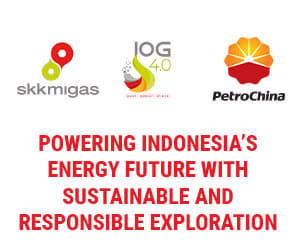The World Steel Association (worldsteel) recently released its Short Range Outlook (SRO) forecast for steel demand in 2024 and 2025, predicting a positive trajectory after two years of contraction.
According to worldsteel, global steel demand is set to rebound by 1.7% in 2024, reaching 1,793 million metric tons (Mt). The forecast further anticipates a 1.2% growth in 2025, pushing demand to 1,815 Mt.
“After the challenging period following the COVID crisis, we are seeing early indications of a return to growth in global steel demand for 2024 and 2025," said Martin Theuringer, Chairman of the worldsteel Economics Committee.
Despite facing various challenges such as the lingering impact of the pandemic, geopolitical tensions like Russia’s invasion of Ukraine, inflation, and monetary tightening, the global economy has demonstrated resilience. This resilience is expected to continue, albeit with caution due to ongoing uncertainties.
Read also: Baltic Exchange: Steel demand bouncing back
In terms of regional demand, China is expected to maintain its steel demand levels in 2024 compared to 2023, with declines in real estate investments offset by growth in infrastructure and manufacturing sectors. However, a 1% decline is projected for 2025, indicating a potential peak in Chinese steel demand.
The forecast also highlights India as a significant driver of steel demand growth, with an anticipated 8% increase over 2024 and 2025. This growth is attributed to sustained investments across all steel-using sectors, particularly in infrastructure.
Other regions, such as the Middle East and North Africa (MENA) and Southeast Asia (ASEAN), are expected to experience accelerated growth in steel demand after a slowdown in previous years. However, challenges like political instability may impact growth in these areas.
In developed regions, a gradual recovery is anticipated, with the European Union (EU) facing notable challenges such as geopolitical uncertainties, inflation, and energy prices. Despite these hurdles, a 5.3% growth in steel demand is forecasted for the EU in 2025, signaling a positive turnaround.
The worldsteel report also touches on sector-specific trends, noting a downturn in residential construction impacting steel demand but expecting a recovery in manufacturing activity. Investments in public infrastructure and green initiatives are identified as key drivers of steel demand, although challenges like high construction costs and labor shortages may temper growth in the short term.
Looking ahead, the outlook for global steel demand remains cautiously optimistic, with potential risks including geopolitical tensions, persistent inflation, and fiscal challenges in major economies that could impact the ongoing recovery.
Editing by Reiner Simanjuntak













